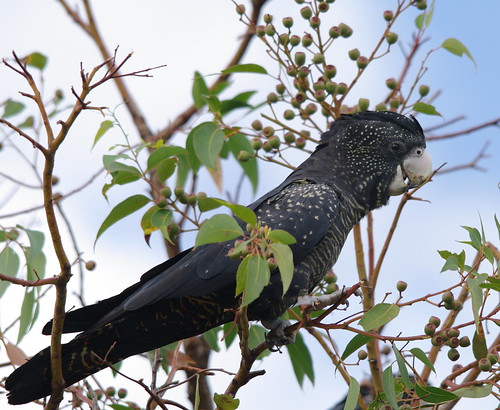 Female Red-tailed black-cockatoo. Image by Ralph GreenTHE future of a protected cockatoo could be at risk when Powerlink's Springdale to Blackwall transmission line is constructed.
Female Red-tailed black-cockatoo. Image by Ralph GreenTHE future of a protected cockatoo could be at risk when Powerlink's Springdale to Blackwall transmission line is constructed.
UQ Gatton Avian Health Specialist, Dr Robert Doneley, said the red-tailed black cockatoo would be impacted by the powerline if the project involved removal of trees in the area.
“The biggest impact of the project would be if they cut down any of the nesting trees, as these are hard to come by,” he said
“It can take up to 50 to 100 years for these trees to hollow out enough to be a nesting tree.
“From a bird's point of view, it is a scarce resource.”
He said the removal of nesting trees is directly linked to the future of the species.
“If those trees are removed, it will be depriving the bird of its nesting sight and then it could become endangered,” he said.
Dr Doneley said the slow reproduction rate of the red-tailed black cockatoo was a factor.
“A galah will rear up to three chicks in a year, whereas one of these birds will only rear one,” he said. “They won't start breeding until they are four or five.”
Dr Doneley said the red-tailed black cockatoo was known to be nomadic.
“If the nesting sights were not there hopefully the birds would move on, but where would they go,” he said.
Powerlink Springdale to Blackwall Project Manager, Andrew Owen, was unavailable.